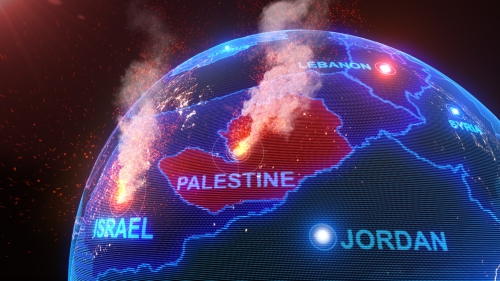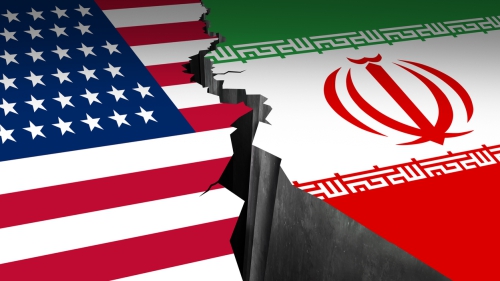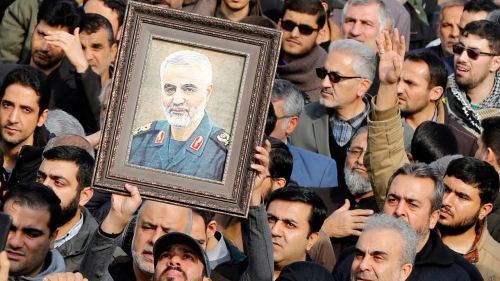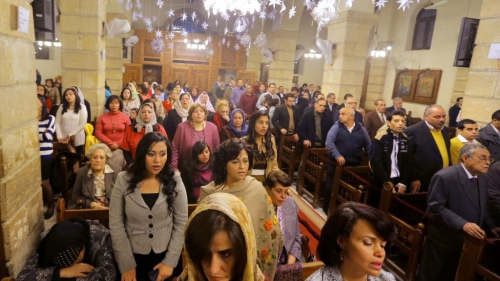Impending Middle East Youth Crisis: A Cue for Political Change
While Europe has become increasingly concerned about a graying population, the Middle East has had the exact opposite concern. In fact, with a population projected by the Population Reference Bureau to grow from 265 million to 575 million in about 30 years, the Middle East will need to undergo major transformations if it is to keep up with this expansion. The components of this growth -- educated women and youths -- will undoubtedly have far reaching impact on social, economic and political landscapes.
According to the most recent CIA Factbook statistics, the percentage of people under 14 years of age in almost all Middle Eastern states is well over 30 percent while the equivalent figure for the developed world is well below 20 percent. In fact, for some countries such as Syria, Iran, Libya, Palestine, Jordan, Iraq, Oman and Iran, that statistic is closer to 50 percent. This can be contrasted with Italy and Germany, for instance, where the equivalent figures are 14 percent and 16 percent, respectively.
So to what can this population bulge look forward? Not much. If present conditions persist, then this growing youth contingent can expect to inherit little more than economic mismanagement, social ills, moral decay and political corruption and betrayal.
As is the case with many in the developing world, an increasing number of people seeking education will leave the Middle East. This "brain drain" is an inevitable consequence of inadequate educational opportunity. Those that are fortunate enough to find sufficient domestic education or return home after getting foreign degrees, don't have a lot to look forward to either.
Urban growth rates, fueled by natural increase as well as migration, are expected to drastically shift the urban-rural population ratio in the Middle East. Approximately 30 years ago, that ratio stood at 40:60; but by the year 2020, that ratio is expected to be 70:30 (Mary E. Morris, The Post-Peace Agenda for the Middle East: Coping with Demographic Stresses). As a result of this shift the governments of urban centers such as Gaza, Istanbul, Cairo, Algiers, Tehran, Amman, Damascus and Sana'a have already become unable to meet the basic needs of their residents.
According to a 1998 report put out by the Washington, D.C.-based Center for Strategic and International Studies, Middle East gross national product (GNP) grew at the rate of 1.1 percent annually from 1965 to 1996. This compares to increases of 7.4 percent in East Asia and the Pacific, 3.3 percent in Latin America, 4.6 percent in South Asia and 2.7 percent for Sub-Saharan Africa. The report -- titled Demographics and the Coming Youth Explosion in the Gulf -- also calculated the youth unemployment rate to be almost 30 percent.
All these statistic paint a fairly bleak picture and growing labor forces, stagnating economies and urban centers bursting at the seams provide the perfect breeding ground for unrest. Lack of employment in particular leaves many able bodies idle. When left idle for long enough, these individuals can become easily coopted by opposition groups that preach attractive messages of social justice, reform and equality. These messages can also include calls for action which, in places such as Palestine, Sri Lanka, Egypt and Algeria, have triggered radical and revolutionary change. The direction of future change will depend on how various governments respond to the challenges they face.
Deprived and radicalized youth can only become a source of regional instability. In the global village, unless governments provide the opportunity for the restless youth to channel their energies and interests toward the betterment of their nations as a whole, the Middle East pressure cooker could explode into a cycle of turmoil. Therefore dialogue and participatory political systems must replace repression and political corruption.
Faisal Kutty is Toronto lawyer and writer and is also a columnist for the Washington Report On Middle East Affairs.

















